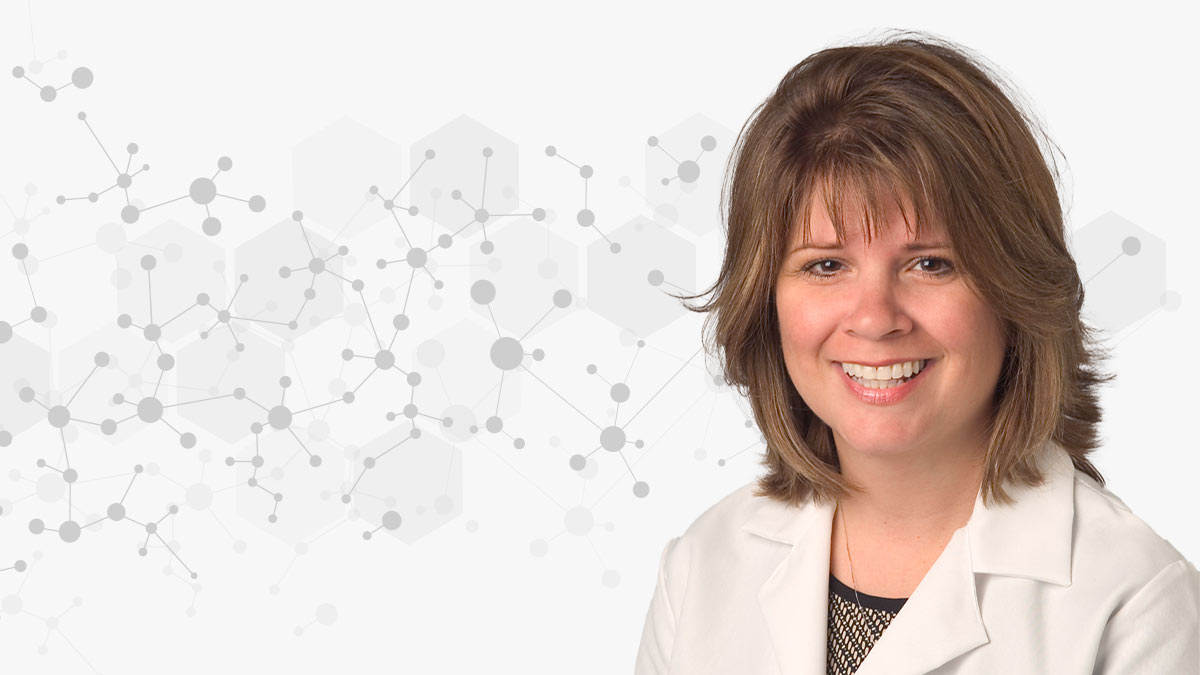
Neuro Pathways
A Cleveland Clinic podcast for medical professionals exploring the latest research discoveries and clinical advances in the fields of neurology, neurosurgery, neurorehab and psychiatry. Learn how the landscape for treating conditions of the brain, spine and nervous system is changing from experts in Cleveland Clinic's Neurological Institute.
These activities have been approved for AMA PRA Category 1 Credits™ and ANCC contact hours.
Subscribe:

Featured Episode
Cleveland Clinic Sleep App
Nancy Foldvary-Schaefer, DO, discusses how the Sleep by Cleveland Clinic app leverages validated screening tools and digital innovation to make sleep disorder assessment more accessible for patients and providers.
Play NowAll Neuro Pathways Episodes
December 15, 2025
Latest Technologies in Brain Tumor Treatment
Andrew Dhawan, MD, discusses how advanced technologies are transforming the diagnosis and treatment of brain tumor patients.
Play NowDecember 1, 2025
Neurological Indications for Stereotactic Radiosurgery
Lilyana Angelov, MD, highlights how stereotactic radiosurgery, precision technology, and team-based care are redefining treatment for brain and spine conditions.
Play NowNovember 15, 2025
Tech-Driven Treatments for Neck & Back Pain
Trishul Kapoor, MD, explores the evolving landscape of neck and back pain management, highlighting how advanced imaging, neuromodulation, and wearable technologies are transforming diagnosis, treatment, and patient outcomes.
Play NowNovember 1, 2025
Benefits of Innovative Enhanced Recovery Protocol After Trigeminal Neuralgia Surgery
Hamid Borghei-Razavi, MD, discusses the challenges of trigeminal neuralgia, highlighting how innovative surgical protocols are advancing patient care and recovery.
Play Now

